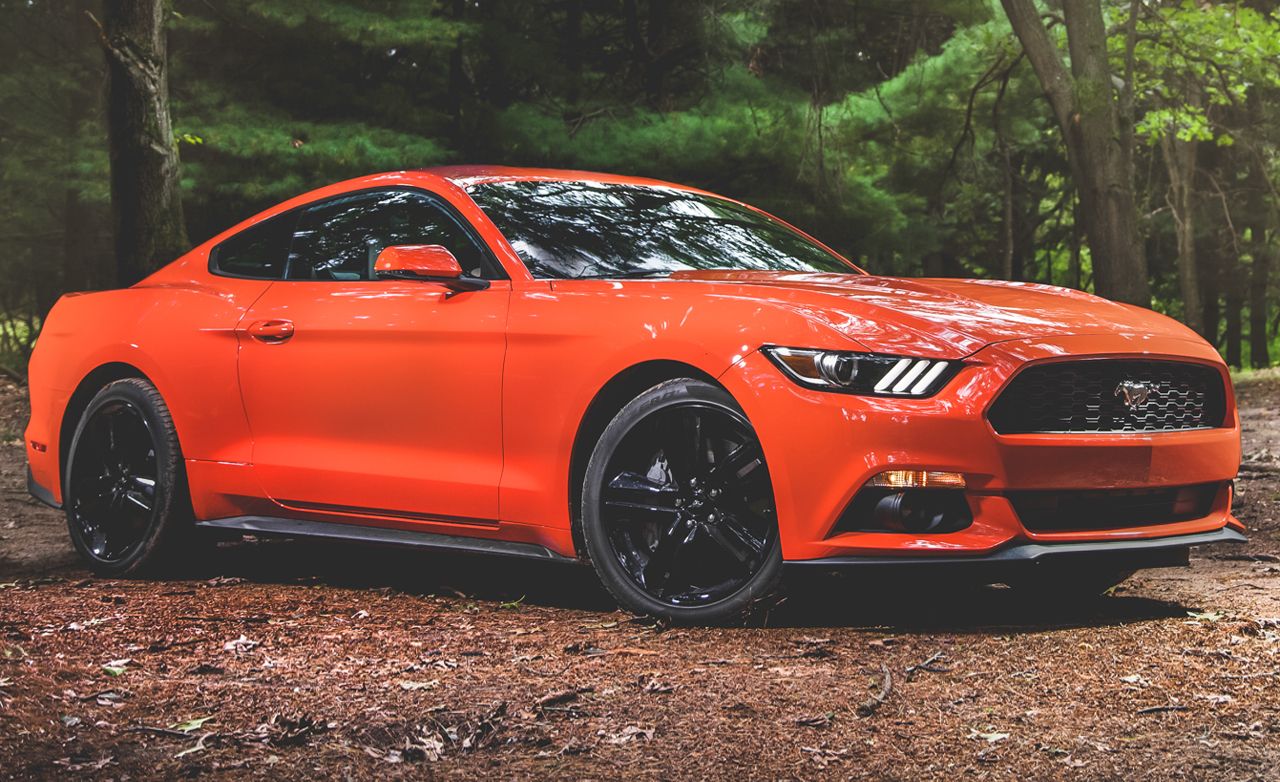

The 2 models get electrically-adjusted, heated door mirrors and upgraded cloth trim, while a Venga 3 gets the seven-inch touchscreen sat-nav, reversing camera, LED daytime running lights, a heating element for the windscreen wipers, part-leather trim, heated front seats, automatic air conditioning, cruise control with speed limiter, chilled glovebox and front fog lights.

The 1 Air models gain a single piece of extra equipment, which is, unsurprisingly, air conditioning. A basic 1 comes with 15-inch steel wheels with covers, electric door mirrors, body coloured exterior trim, steering wheel audio controls, USB and aux-in connections for the stereo, a trip computer, front seat armrests, front electric windows, stability control and an anti-theft alarm. There are six levels of trim for the Venga: 1, 1 Air, 2, 3, and 4. The 125hp 1.6-litre petrol is a little livelier and is the only one offered with an automatic gearbox option but, again, it’s quite high on the emissions front. The basic 90hp 1.4-litre petrol engine feels a touch underpowered (especially once you’ve loaded up with car seats, buggies and the detritus of family life) and it has relatively high emissions too. On the upside, the ride quality – especially around town, which is probably where the Venga will mostly be driven – is really very good, and Kia is to be applauded for not trying to make an avowedly family car try to handle like a sports saloon. It’s not terrible, but the steering is light and uninformative about what’s happening under the tyres, while the soft suspension means that there’s copious body roll should you attempt any enthusiastic cornering. The Venga is not a car you’d choose to drive for sheer enjoyment. Verdict | Design | Interior | Technology | Performance | Safety | Specs | Running Costs | Pricing Performance & Handling: ★★★★ ☆☆☆☆☆☆ (4/10) There’s a reversing camera (top two grades only again), and a trip computer is standard across the range.
#Driver booster review 2017 Bluetooth#
Only the top two grades (‘3’ and ‘4’) get a central touchscreen with sat-nav as standard, while Bluetooth is standard on ‘2’ models and upwards.
#Driver booster review 2017 android#
There’s no option for Apple CarPlay or Android Auto integration, but the standard USB slot does at least mean it’s relatively easy to get your favourite tunes playing through the stereo. It’s a pretty basic car by modern standards. Verdict | Design | Interior | Technology | Performance | Safety | Specs | Running Costs | Pricing Technology & Connectivity: ★★★★☆☆☆☆☆☆ (4/10) There’s also a front passenger airbag cut-off switch.

There is no option, however, to slide the seats inwards and backwards, as on the Meriva, to give a ‘club class’ effect in the back, and rear legroom at its best is really only average, and not much better than you’d find in the latest generation Kia Rio hatchback.įrom a family point of view, there are two ISOFIX points in the rear seat bench and it’s just about wide enough back there that you might be able to squeeze three child car seats abreast, as long as one of the kids is big enough to use a more compact booster cushion. Those rear seats split in a 60:40 ratio and they also slide a little back and forth (that’s partially what gives the Venga its massive boot, as you need to sacrifice rear legroom to get the maximum load space). That expands to a useful 1253 litres if you fold the back seats flat. The Venga’s practicality is the very reason for buying it, and if you peer out the back you’ll find a whopping 440-litre boot – almost as big as you’ll find in much more expensive cars, such as the Nissan Qashqai.


 0 kommentar(er)
0 kommentar(er)
